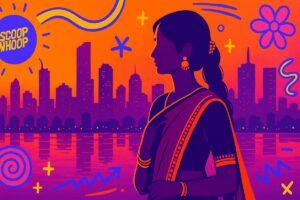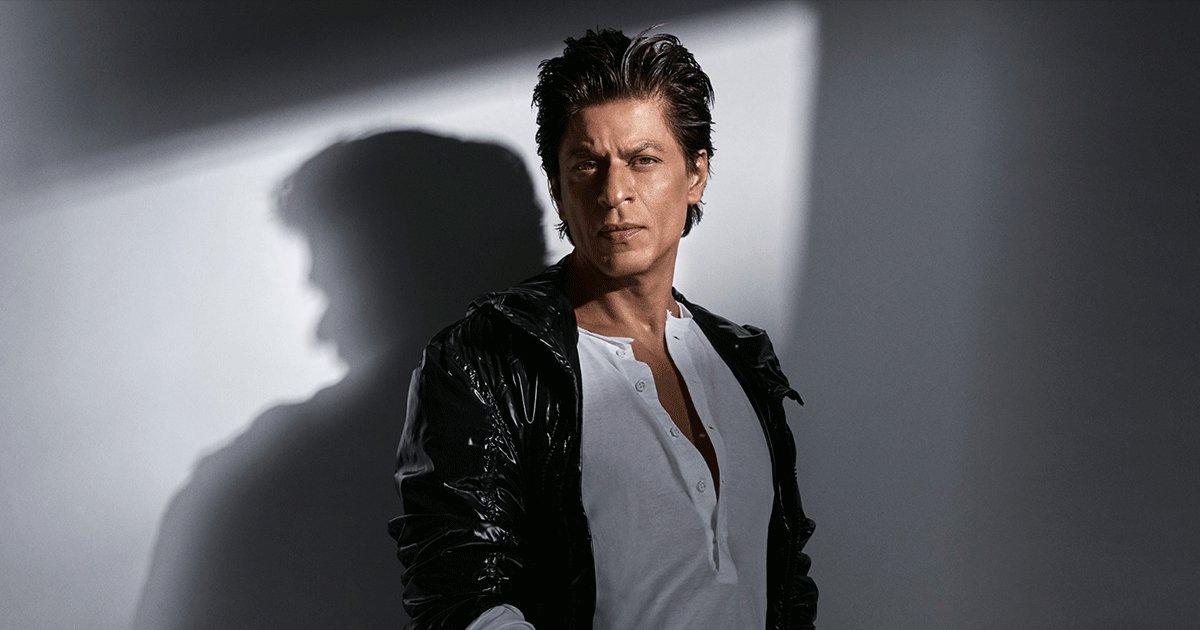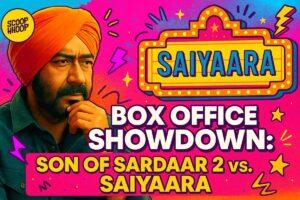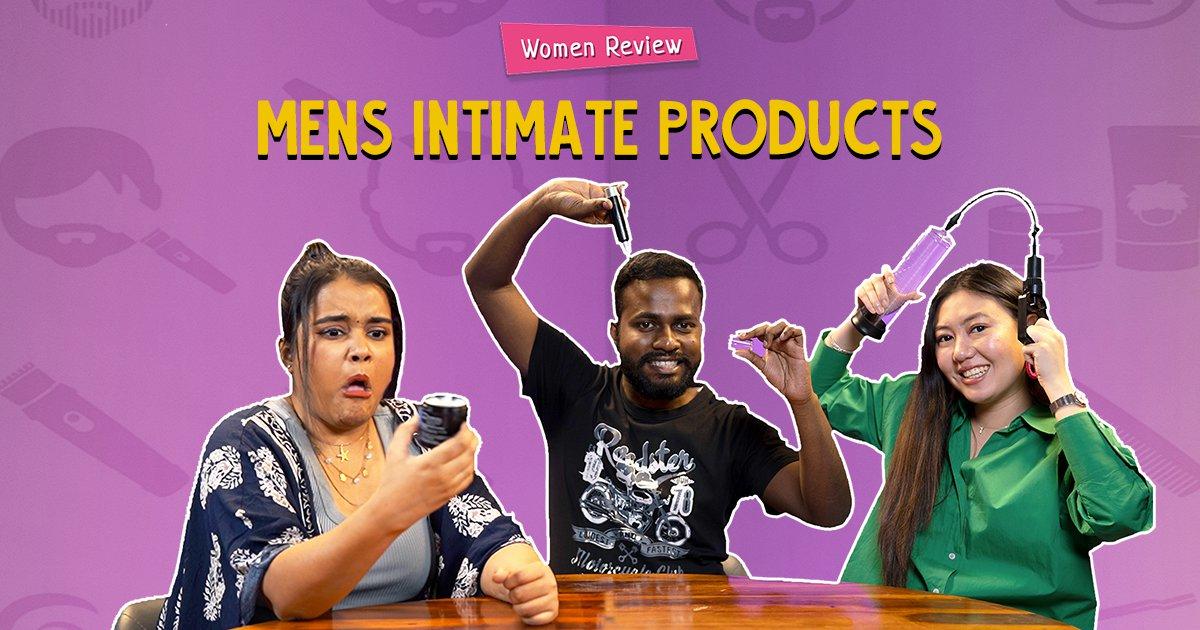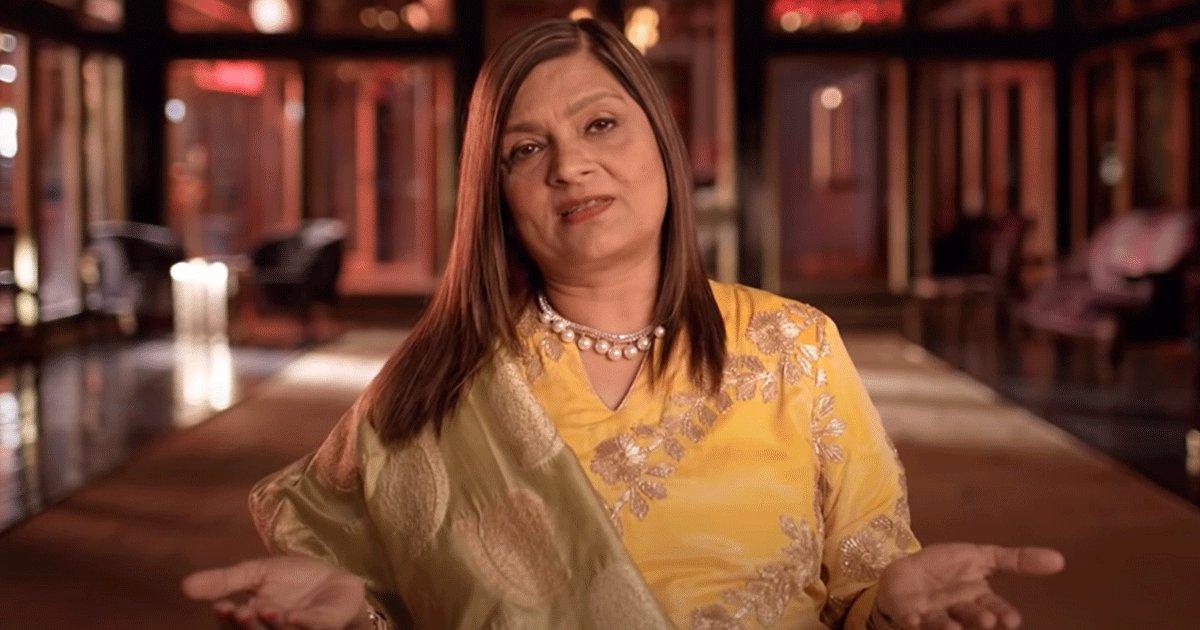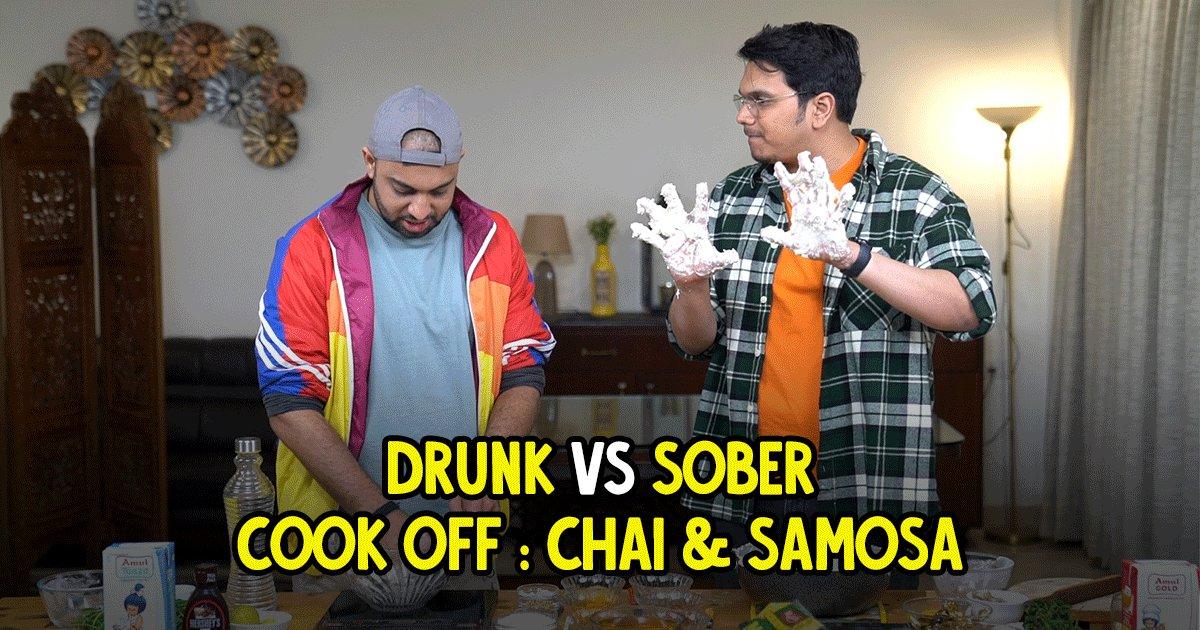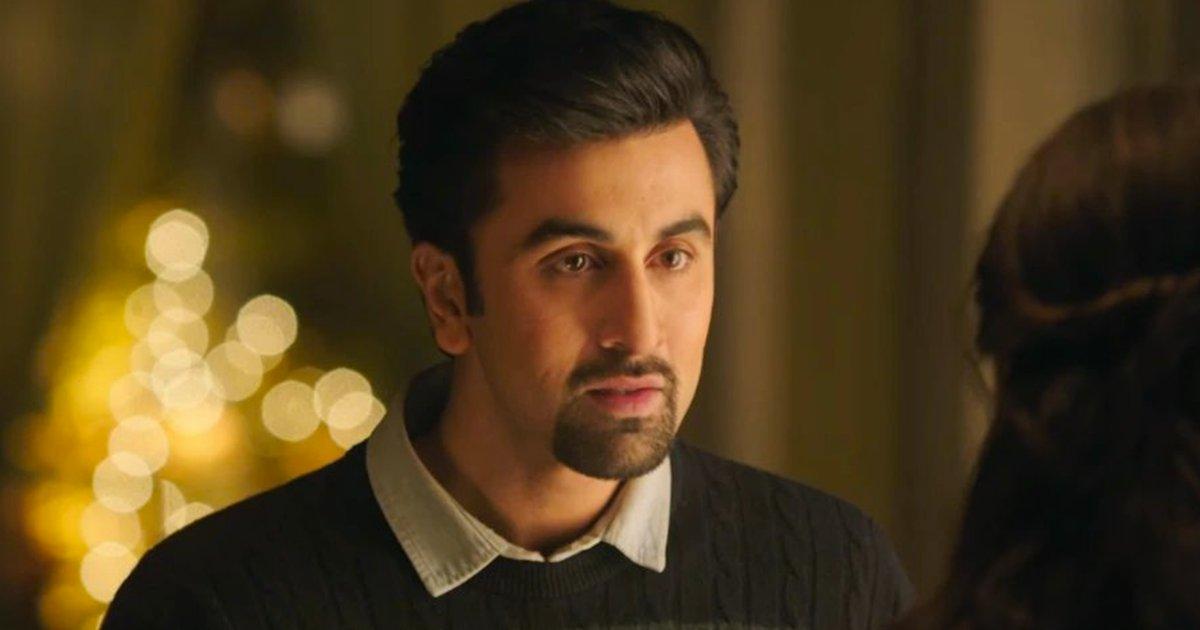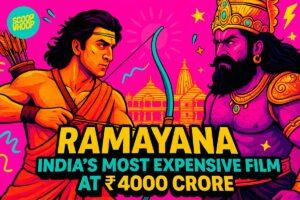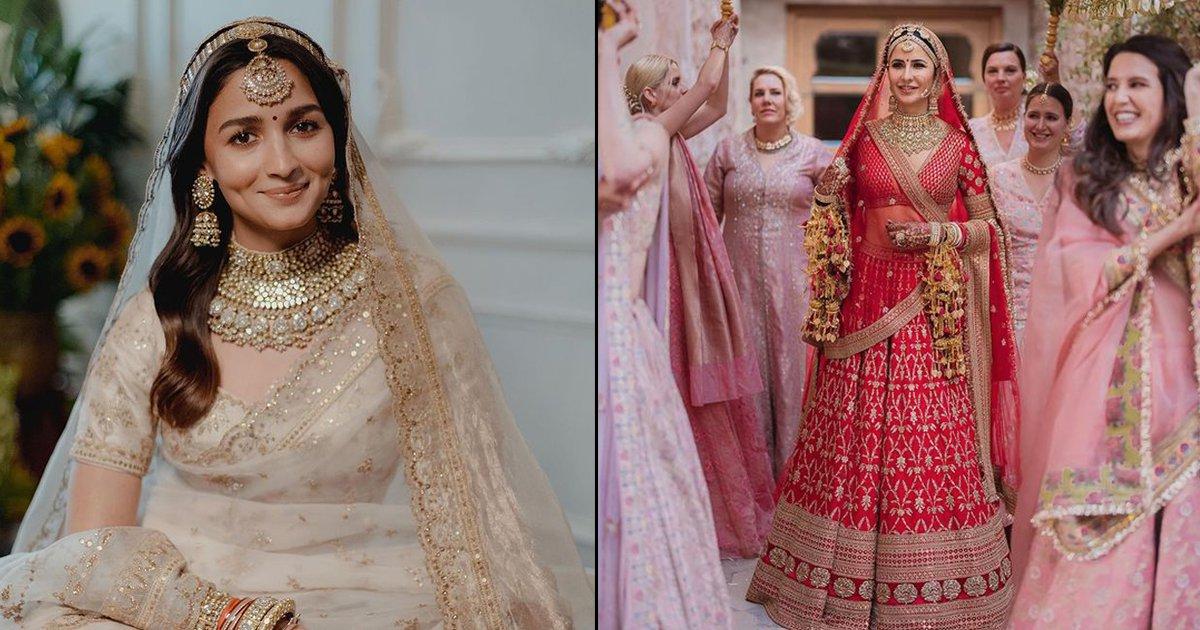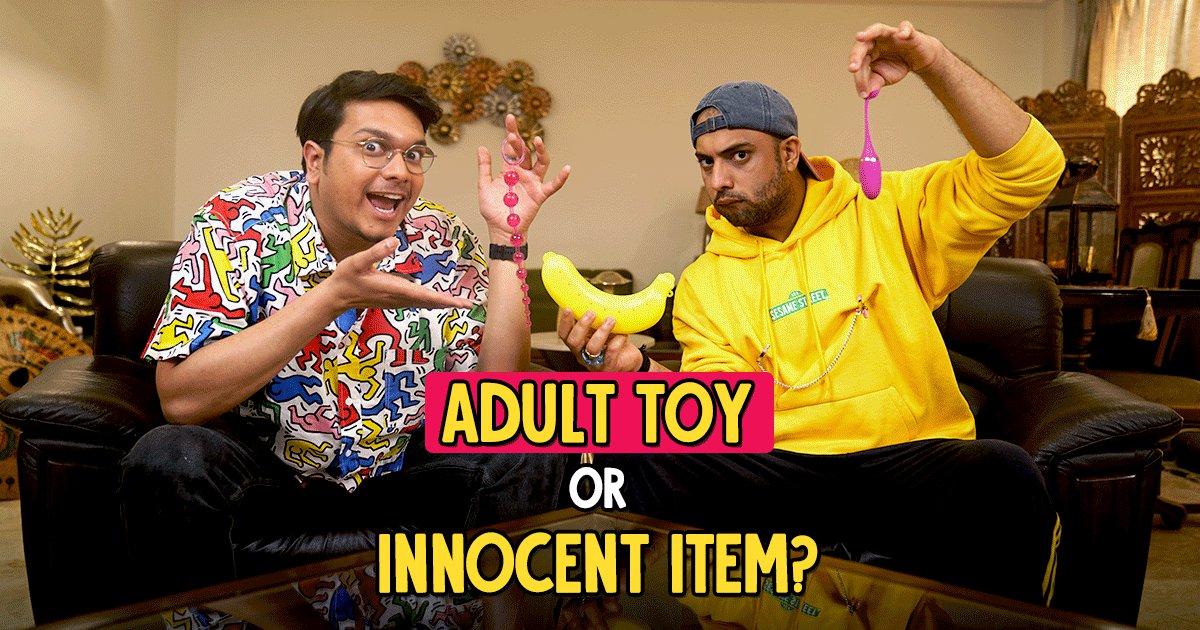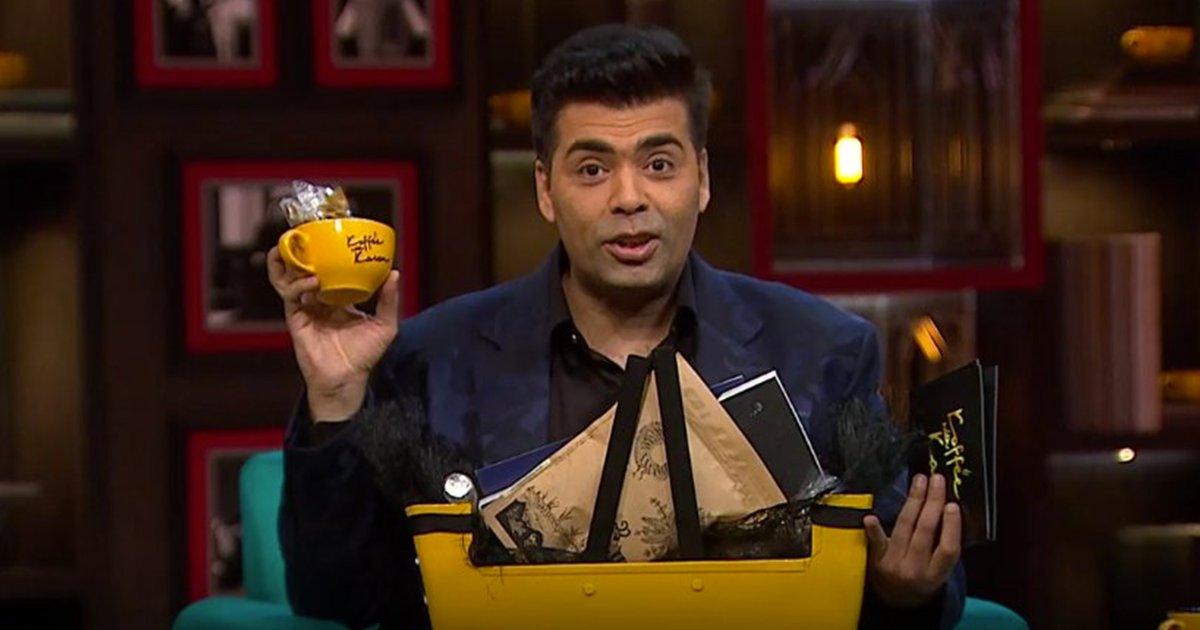Advertisement /23145333444/ScoopWhoop-Desktop/SW-Desktop-Home-OOP
ADVERTISEMENT
stories
Sports
FIDE World Cup 2025 To Be Hosted in India – International Chess Federation
about 5 hours ago | 3 min read
Environment
Raising concern for India, China starts construction of world’s biggest dam over Brahmaputra
about 23 hours ago | 3 min read
Sports
Squad Update: Nitish Kumar Reddy ruled out of the series. Arshdeep Singh ruled out of fourth Test
about 23 hours ago | 3 min read
International News
Indian Woman From Kerala Found Dead in UAE on Birthday, Family Alleges Domestic Violence by Husband
about 24 hours ago | 3 min read
Entertainment
Demon Slayer Infinity Castle Box Office: Slays records in Japan with biggest days and weekend of all time
about 24 hours ago | 3 min read
Football
Liverpool set to repeat incredible transfer plan as Hugo Ekitike talks continue
1 day ago | 3 min read
ADVERTISEMENT
Entertainment
‘Kantara: Chapter 1′ Is Hombale Films’ ‘Most Ambitious’ Project Yet
1 day ago | 3 min read
Sports
Lionel Messi Creates World Record, Surpasses Cristiano Ronaldo To Become…
1 day ago | 2 min read
ADVERTISEMENT
ADVERTISEMENT
Design
Bombay High Court Rejects PIL Alleging Luxury Brand Prada Copied Kolhapuri Chappals
6 days ago | 3 min read
ADVERTISEMENT
National News
Odisha student, who self-immolated over inaction on harassment complaint, dies
7 days ago | 3 min read
ADVERTISEMENT
ADVERTISEMENT
In Other News
‘Canada is not your playground’: Gurpatwant Singh Pannu threatens Kapil Sharma
9 days ago | 3 min read
Bigg Boss
Bigg Boss Fame Abdu Rozik Detained in Dubai Over Alleged Theft Charges
9 days ago | 3 min read
Entertainment
This Girl Went Looking for the Man of Her Dreams – And Found Something Even Better
11 days ago | 3 min read








